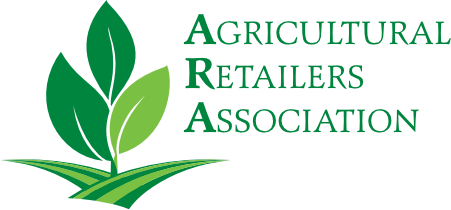Leaf-level Technology Can Help Identify Late Season Disease Pressures
Aug 09 2022
You’ve done everything right by your growers so far this growing season. You’ve stopped disease pressures, controlled insect infestations, and fended off all sorts of challenges that could rob crop growth and yield. Now the finish line to this harvest season is starting to emerge.
How can you keep your eye on the prize and help your growers to the finish line?
Crop Health Monitoring
Even if growers’ crops have thrived so far this growing season, they aren’t out of the woods yet. Several diseases, including different versions of leaf blight and rust, can impact corn, soybean, and cotton yields and cause yield loss.
Your options to control late season crop diseases depend on how badly they have spread in the field. Leaf diseases that establish prior to tasseling or hit hard between tasseling and pollination can drop yields. Stalk diseases that start early in the season become obvious during grain fill late in the season. Significant yield loss can happen if the disease causes plants to fail early, resulting in poor ear fill or low test-weight grain. Putting together a well-developed disease management program with targeted fungicide applications can help.
Growing and Monitoring Solutions
Staying ahead of diseases can be difficult as your crop scouting territory continues to grow. Catching challenges early is important to stop them before they become a significant issue. How can you achieve early identification everywhere in the field? With leaf-level insights from every inch of your acres delivered by Taranis crop intelligence.
“We can’t ride every acre,” says Chad Mustain, Retail General Manager with Beachner Grain, Inc. in Parsons, Kansas. “With Taranis, we can see weed pressures across an entire field.”
Taranis uses satellites, planes, and drones to capture field images down to the leaf level. Over the past six years Taranis has built the largest image library in the world, which picks out specific challenges happening in the field. With submillimeter resolution you can tell the difference between different insect damages, nutrient deficiencies, weed species, and more at any stage of the growing season.
“The Taranis satellite images help us see insect damage that you wouldn’t see if you were walking in the field,” says Tim Spector, Agronomy Division Manager with Pride Ag Resources in Dodge City, Kansas. “We can see it in the imaging before there is widespread damage in the field.”
Once the images are available, Taranis agronomists use an artificial intelligence system to analyze the data and offer insights straight to the agronomist. The Taranis customer success team helps crop advisors at retail organizations around the country utilize the Taranis crop intelligence platform. This helps advisors make better and more informed crop management decisions for their growers.
“Our scouts know where to look in a field, so they aren’t just randomly checking fields,” says Glen Franzluebbers, Director of Professional Ag Services at Central Valley Ag in Oakland, Nebraska. “That helps us be a lot more efficient, and we can cover a lot more acres in a day.”
With Taranis crop intelligence, everyone stays connected with each other and focused on the end goal – minimizing loss, maximizing efficiencies in the field, and therefore, providing the most successful yield.
For more information and to connect with a Taranis representative, visit www.seethebigpicture.ag.
